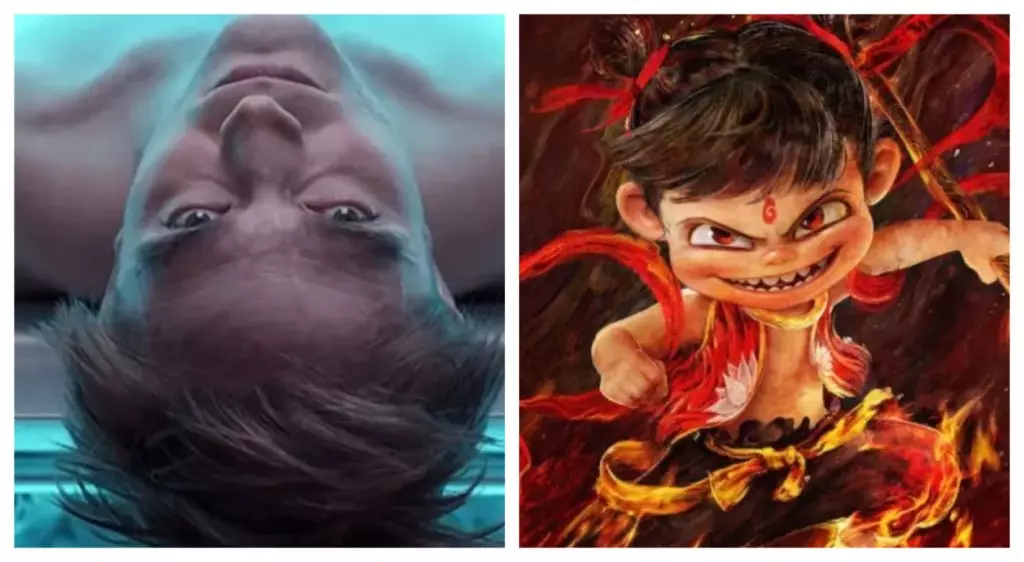In an era where the cinematic landscape is inundated with reboots, sequels, and franchises, director Bong Joon-ho’s latest offering, Mickey 17, emerges as a breath of fresh air. Following its release in South Korea and subsequent expansion to 66 international markets, Mickey 17’s weekend gross of $24.5 million is more than just a financial success; it represents a bold statement about the future of original films in a predominantly formulaic industry. Its staggering total of $53.3 million worldwide reestablishes the crucial role of innovative storytelling in the box office game.
Yet, we can’t ignore the underlying strategy behind its launch. Releasing in a staggered manner—first in Korea and then internationally—allows for a calculated buildup of buzz. It avoids overwhelming potential audiences and instead creates a sense of anticipation. This method isn’t merely about the dollars; it’s about valuing quality over quantity, a principle often sacrificed in an industry afraid to take risks.
Bong Joon-ho: The Visionary Behind the Scene
Bong Joon-ho, an Oscar-winning director known for his rigorous approach to film-making, is a force to be reckoned with. His ability to craft nuanced narratives that blend genres places him atop the modern cinematic hierarchy. He has proven that storytelling need not adhere to the trope-laden expectations that dominate blockbuster culture. For many, Mickey 17 signifies not just another sci-fi flick, but also a potential redirection for the genre as a whole.
The film was crafted with intelligence and insight, clearly visible in its ambitious yet coherent plot. This could serve as a wake-up call for creatives and executives alike—an assertion that audiences crave substance and originality rather than redundancy. In a business where profit often overshadows artistry, Bong’s approach may indeed set a new standard.
The Competition: Captain America and Ne Zha 2
As Mickey 17 ventured into the global marketplace, it faced stiff competition from established franchises like Captain America: Brave New World and the phenomenal animated blockbuster Ne Zha 2, which shattered local records by crossing $2 billion just in China. This is a critical moment for Mickey 17; its ability to thrive amidst such formidable competition accentuates its uniqueness and the appetite for a genuine narrative in an oversaturated market.
Captain America pulled in $9.2 million, adding to a total of $370.8 million. While the Marvel franchise is considered a reliable cash cow, its 53% drop from previous weekends raises questions about audience fatigue. The contrasting performance of Mickey 17 suggests that viewers are open to new experiences, even when faced with the allure of superhero theatrics.
Ne Zha 2’s performance, while impressive, offers only a partial view of the global box office landscape. The fact that Mickey 17 managed to secure significant earnings in 25 international markets, while many predict a gradual tapering off for existing franchises, furnishes compelling evidence of a shift toward original content.
The Future of Innovation in Cinema
Mickey 17 provides a potent reminder that innovation need not be stifled by existing market structures. The film’s international rollout mirrors the transformation the industry desperately needs: a focus on creativity and new perspectives rather than the incessant recycling of existing properties. This wider release gives rise to discussions about cinema’s role in society and its ability to stimulate thought, inspiring filmmakers and audiences alike.
We need to advocate for more projects like Mickey 17—ones that challenge conventional narratives instead of indulging the same old tropes. The success of original works signals a potent opportunity for investors and studios to re-evaluate where they allocate resources. Projects that dare to be different are more likely to resonate with audiences looking for something deeper than mere entertainment.
The Genre’s Potential for Growth
Sci-fi has historically been a genre rich with potential for profound societal commentary and philosophical inquiry. With films like Mickey 17 leading the charge, there’s an invitation for filmmakers to explore heavier themes that dig into our collective psyche. As audiences grow weary of formulaic blockbusters, alternatives that provoke thought can reignite a love for cinema that transcends mere spectacle.
Bong Joon-ho’s approach resonates not only in crafting a compelling narrative but also in addressing contemporary issues—be it ecological concerns or social dynamics. This can spur a renaissance in the genre and serve as a catalyst for filmmakers ready to forge their paths outside the well-trodden routes of commerciality and predictability. Mickey 17 exemplifies the kind of original storytelling that should dominate the industry, paving the way for future visionary talents.

